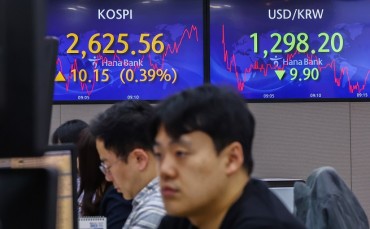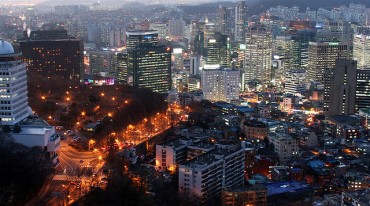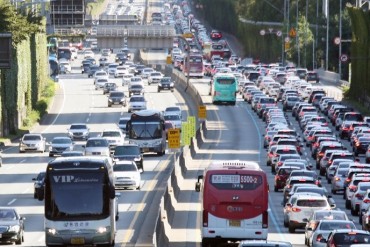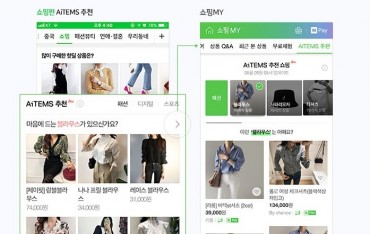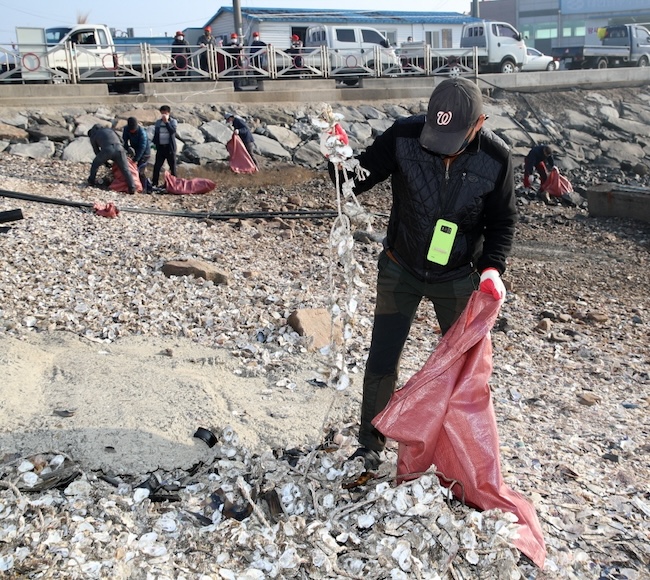
Coastal areas in South Chungcheong Province are struggling with marine debris scattered along shorelines. (Image courtesy of Taean County)
HONGSEONG, Apr. 19 (Korea Bizwire) – Coastal areas in South Chungcheong Province are struggling with marine debris scattered along shorelines, according to a new distribution map released on April 18 by the Chungcheong Research Institute.
The researchers surveyed 190 locations along the mainland coasts last year and graded the level of pollution from 0 to 9 based on the amount of litter present, with higher numbers indicating greater contamination.
Of the areas surveyed, 19 sites (10 percent) were classified as having poor management with high litter levels of 7 to 9, while 39 sites received grades of 5 or 6, suggesting a need for better oversight.
Among the seven cities and counties in the province, Taean had the highest number of poorly managed coastal areas at 12 sites, followed by Boryeong with three sites. Asan, Seosan, Dangjin and Seocheon each had one severely polluted area.
The researchers attributed Taean’s high number to the county overseeing 45 percent of the entire South Chungcheong coastline, which included 120 of the survey locations due to its abundance of natural shorelines.
In Taean, the Gumae Port area received the highest pollution grade of 8, with large abandoned aquaculture facilities and styrofoam buoys identified as major sources of debris.
Seocheon had relatively high levels of litter flowing in from the Geum River estuary and fish farms, while Seosan’s inner Garolim Bay and Boryeong’s Ocheon Port area were also found to be heavily polluted. Hongseong had the least amount of debris among the regions surveyed.
The study noted that while coastal cleanup efforts are more active along mainland shores compared to islands, the irregular removal of collected litter often leads to prolonged accumulation or illegal burning.
It also criticized the lack of dedicated facilities for marine debris, resulting in garbage being mixed with general household waste and an overall inadequate management system.
The researchers recommended policies to establish a regional marine resource circulation center and develop recycling programs specifically for fisheries waste.
This coastal map follows a previous survey and mapping effort by the institute focused on marine litter across South Chungcheong’s islands from 2022 to 2023. The province plans to complete a distribution map for submerged debris in the sea this year.
M. H. Lee (mhlee@koreabizwire.com)



